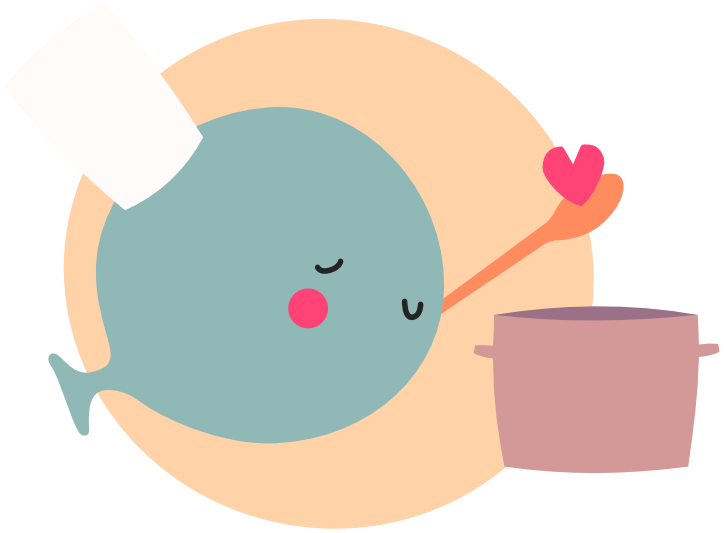Variables
Variables are words that contain a value, like a number for example.
We can make a variable like so:
a = 10
We created the variable a and gave it the value 10. We can see the value of a variable by printing it.
a = 10
print(a) -- Output: 10
Note
When you create a variable, we call that a declaration.
When you give a variable a value, we call that an assignment.
So we declared the variable a and assigned it the value 10.
We can change the value of a variable, hence the name variable.
a = 10
print(a) -- Output: 10
a = 20
print(a) -- Output: 20
With numbers we can do arithmetics.
print(12 + 4) -- Output: 16
This means that, if a variable has a number as its value, we can do arithmetics with it.
a = 12
b = 4
print(a + b) -- Output: 16
print(a - b) -- Output: 8
print(a * b) -- Output: 48
print(a / b) -- Output: 3
print(a ^ b) -- Output: 20736
-- ^ is for exponentiation (12 * 12 * 12 * 12)
When we use a variable, there is no reference to the variable itself, only its value. In this code we change the values of a and b, but that does not affect the value of c. The value of c becomes 16, and not a + b.
-- Tip: This way we can declare multiple variables on a single line.
a, b = 12, 4
c = a + b
a, b = 0, 0
print(c) -- Output: 16
Strings #
Besides numbers, we can also store text. In programming, text is called a string because it's a string of characters.
animal = "whale"
color = "blue"
-- By separating them with a comma we can print multiple values at once.
print("My favorite animal:", animal)
print("My favorite color:", color)
We can connect strings by using two dots. This is called string concatenation.
animal = "whale"
color = "blue"
print("The " .. animal .. " is " .. color .. ".")
-- Output: The whale is blue.
nil #
When a variable has no value, we say it is nil. We can also assign nil to a variable to remove its value.
print(test) -- Output: nil
test = 10
print(test) -- Output: 10
test = nil -- We assign nil to remove the value.
print(test) -- Output: nil
Types #
We have shown that variables can be a number, or a string, or no value at all. We call this the variable's type.
You can get the type of a variable by using type.
local a = 10
local animal = "whale"
print(type(a)) -- Output: number
print(type(animal)) -- Output: string
print(type(test)) -- Output: nil
Naming variables #
The word in which you store a value can be almost anything.
whale = 3
cOoKbOoK = 1040
asdfghjkl = 42
Note
Lua doesn't care what you name your variables. Earlier we used the variables width and height, but we also could have called them chocolate and apple. Of course, you would want to use names that make sense for their usage.
Variables are case-sensitive. This means that when you have the same word, but with different casing, it's not treated as the same.
-- These are three different variables, each with their own value.
whale = 3
WHALE = 10
wHaLe = 200
Important
There are a few rules when naming a variable.
- The name may not start with a number
test8 --Good
te8st --Good
8test --Bad, error!
- The only allowed special character is an underscore.
my_variable -- Good
my@variable -- Bad, error!
my$variable -- Bad, error!
- It can't be a keyword. A keyword is a word that the programming language uses.
Here is a list of all the Lua keywords:
and break do else elseif
end false for function if
in local nil not or
repeat return then true until while
Note that print is not a keyword. It is a standard variable. You want to avoid overriding these standard variables.
print = "hello"
a = 5
print(a) -- Error!
Local variables #
By default, all variables are global. This means that they can be used everywhere in your project. That sounds like a good thing, but it can get messy when you have a big project with many variables.
Because of that, we often use local variables. We can create a local variable by putting the keyword local in front.
local a = 0
-- We can reassign a value to our local variable, and it will remain local.
a = 10
-- We can declare a local variable without assigning it a value right away.
local b
b = 20
Local variables are only accessible where they are declared. We call this its scope. In a later chapter you will learn more about scope, but in simple terms it means the code block it is in, or otherwise the file.
Tip
Every time you see and end, then that is the end of a code block.
Because it is good practice, we will use local variables throughout this cookbook.
Usage #
By using variables we can keep track of a value. For example, your ammo can be a variable, and when you shoot we subtract from that value to keep track of how many bullets you have left.
Another great thing about variables is that when we use one in multiple places, we only need to change one value for it to be applied those place. In the code below we can change the width and height variables to change the width and height of all rectangles.
local width, height
function love.load()
width = 100
height = 75
end
function love.draw()
love.graphics.rectangle("fill", 10, 10, width, height)
love.graphics.rectangle("fill", 130, 10, width, height)
love.graphics.rectangle("fill", 250, 10, width, height)
love.graphics.rectangle("fill", 370, 10, width, height)
end

